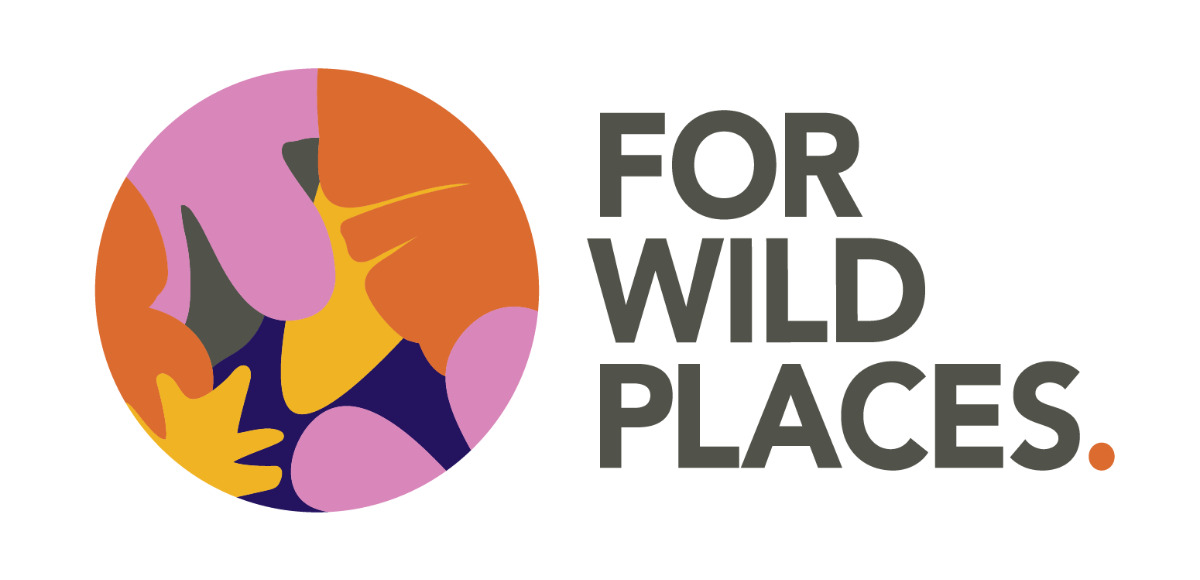15.07.2022 | Trail Talks #3
Jul 15, 2022 1:01 am
We protect what we love
FRIDAY . 15 . 07. 22 .
Good morning and happy Friday!
We hope you've had a good week, and have some fun adventures planned for the weekend. In this week's newsletter we're getting you pumped for our next Trail Chat with Seacliff Coaster and WSER 2022 finisher Josh Wiffen, and getting a 30/100 update from Elle who has been learning about the devastating impacts storms can have on our communities, and why the frequency and severity is being influenced by a changing climate.
The FWP team met up this week to talk through our plans for the coming 12 months, and we are excited to be working on evolving how we work as a team, and honing in on the impact we want to have within the trail running sphere.
Within our team, it seems like life is getting back to somewhat normal, with travel, commuting, work commitments, and training making spare time a rare occurrence. I certainly find that taking the time to wander, run or just be in nature is the first thing to drop off the priority list once 'business' takes hold.
Flick shared this great Zen proverb - 'If you don’t have time to meditate for an hour everyday, you should meditate for two hours', and I wanted to share it with you as a reminder to take time for yourself to get outside, reconnect with nature, feel the chilly winter wind on your back and be grateful for the incredible landscapes and ecosystems we get to call home. You never regret a workout, or time spent in nature!
🌞 🌞 🌞
TRAIL CHAT #3
Josh Wiffren
Josh Wiffen is an ultra-runner from Dharawal land, on the NSW south coast. After qualifying and gaining selection in 2019, he was finally able to travel to the US and complete the Western States Endurance Run in 2022. Join our trail chat and Q&A to hear about Josh’s epic run and other adventures!
🏃♀️ 🏃♂️ 🏃
Week 9: St Ives Loop, Ku-ringn Gai country.
I recently completed a 36km long-run in St. Ives with a couple of mates. It wasn’t until I returned home and started researching interesting events and/or environmental issues when I stumbled across a news article that identified St. Ives as one of the top storm affected suburbs in Sydney. Noting that year 11 Geography is the last time I learnt about weather-related phenomena, I decided to learn a bit more about this common natural phenomenon.
Amazing views at the half way point.
Storms in Australia
Storms are the most common natural hazard in Australia and can occur at any time of year. Storms range in severity and can pass through fairly harmlessly or pose a significant threat to the community.
What causes a thunderstorm?
All thunderstorms have three key ingredients - moisture, unstable air and lift.
- Moisture in the air is responsible for making clouds. This air is usually warm, as it’s been evaporated from oceans and areas near warm ocean currents.
- Unstable air forms when warm moist air is near the ground and cold dry air is up above.
- Lift comes from the differences in air density. Warmer, les dense air rises, creating lift. As the air rises, it causes a storm cloud to grow. These updrafts fuel the storm with warm moist air. The heat energy causes creates powerful rising air currents, and cool descending air currents produce strong down-draughts.
Pryocumulonimbus clouds in Australia. After posting this image to IG stories, FWP follower and RFS volunteer Corey Allen, reached out to advise that these clouds are particularly problematic because they can drop fire behind you when defending a line - then all of a sudden you have fire on both sides, with no route of escape. Image source.
Lightning is an electrical discharge caused by the imbalances between storm clouds (the energy in storm clouds) and the ground, or within the clouds themselves. Thunder is the noise that lightning creates.
Cumulonimbus clouds are responsible for stormy weather. If you’re looking up at a cloud that’s causing rainy and windy conditions, creating hail, thunder, and lightning, you’re in close proximation of a cumulonimbus clouds.
Bushfires in Australia are now so big that they are generating their own weather. These are called pyrocumulonimbus coulds, which can then start more fires. These fire-induced storms can spread fires through lightning, lofting of embers and the generation of severe wind outflows. This is a visual of how the process works
Impact of storms to personal property. Image source.
Impact of storms
Severe storms can be extremely dangerous and cause destruction to the environment and nearby infrastructure. They can even cause injury or loss of life.
Damaging winds, flash flooding, lightning and hail cause damage to homes, cars, roads and vegetation, as well as disrupting essential services like electricity, water and gas.
☁️ ⛈ 🌦
Take some time to get outside, find inner peace on the trails and we'll catch you next week.
And, as always, thank you for taking the time to support wild places!
Elanor & the For Wild Places team.
We acknowledge the the First Nations people who have been custodians of land, waters and culture for tens of thousands of years. We pay respects to First Nations Elders past, present and emerging.
This email was written on the lands of the Gadigal people of the Eora nation. To these people, we pay our respects.
Always was, always will be.









